Labuk Bay Proboscis Monkey Sanctuary
A haven for Borneo’s unique primates
The Labuk Bay Proboscis Monkey Sanctuary has become one of Borneo’s most fascinating wildlife experiences.
Located in Sabah, Malaysia, this sanctuary offers an extraordinary chance to observe these remarkable creatures in their natural habitat. The sanctuary spans across a pristine mangrove forest, providing a haven for one of the world’s most unusual primates.
The unique proboscis monkeys
The proboscis monkeys are the most distinctive primates in Borneo, famous for their extraordinary appearance. Males develop enormous pendulous noses that can grow up to 17.5 centimetres in length, making them instantly recognisable. These remarkable noses not only attract females but also enhance their loud vocalisations, which can be heard echoing for kilometres through the mangrove forest.
Female proboscis monkeys are considerably smaller than males and have smaller, pointed noses. Their faces have a gentle, almost childlike appearance, with large eyes and upturned noses. Both males and females sport distinctive red-brown coats, with males weighing up to 24 kilograms – twice the size of females.
These endangered primates are exceptional swimmers, with partially webbed feet and strong swimming abilities. They can often be seen crossing rivers and streams, an unusual behaviour that sets them apart from most other primates. Their unique digestive system allows them to break down toxic leaves that other animals cannot digest, giving them a significant survival advantage in their mangrove habitat.
Life in the mangrove forest
The proboscis monkeys at Labuk Bay live in two types of social groups. Harem groups consist of a dominant male with several females and their offspring, while all-male groups comprise bachelors who have not yet established their own harems. The sanctuary’s location within this unique mangrove habitat allows these fascinating social dynamics to be observed in their natural setting.
Throughout the day, these agile primates demonstrate their remarkable athleticism, leaping confidently between branches and showing off their impressive climbing skills. Despite their somewhat ungainly appearance, proboscis monkeys are incredibly graceful in their natural environment.
Conservation efforts and success stories
Conservation lies at the heart of Labuk Bay’s mission. The sanctuary has played a vital role in protecting these endangered primates from habitat loss and other threats. The proboscis monkey population has declined by more than 50% in the past 30 years, making the sanctuary’s work crucial for the species’ survival.
The sanctuary’s efforts have helped maintain a stable population of proboscis monkeys, with successful breeding programs and habitat preservation initiatives. Their work extends beyond just protecting the monkeys, helping preserve the entire mangrove forest ecosystem that these unique primates depend upon.
Best times to observe the monkeys
Morning and late afternoon periods offer optimal viewing opportunities at Labuk Bay. During these times, the proboscis monkeys are most active, engaging in social interactions and feeding behaviours. Males can be observed performing impressive displays, while females care for their distinctive orange-coloured infants.
Practical information
Opening Hours: Daily from 8:00 AM to 5:30 PM Entry Fees:
- Adults: RM60
- Children (3-12 years): RM30
Dress Code:
- Comfortable, lightweight clothing
- Covered shoes recommended
- Hat and sunscreen advised
Getting There:
- Located 38km north of Sandakan
- Regular shuttle services available from Sandakan
- Private transfers can be arranged through hotels
Additional Tips:
- Bring insect repellent
- Carry water
- Morning visits recommended
- Photography permitted
- Local guides available
- Accomodation can be provided is you wish to stay overnight (which we did)
Frequently Asked Questions
- Their jumping action is quite unique
- Grooming is a favourite pastime
- Six Fingers, is happy to sit and pose for a photo
- Six Fingers, a camp rascal
- Their noses are extraordinary
- Feeding time
- Drinking after rain
- An alpha male
- Six Fingers, does actually have six fingers on his right hand

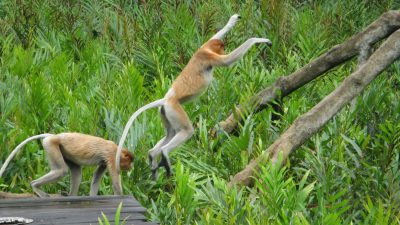
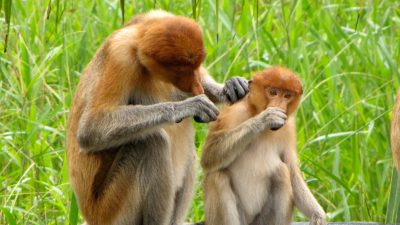
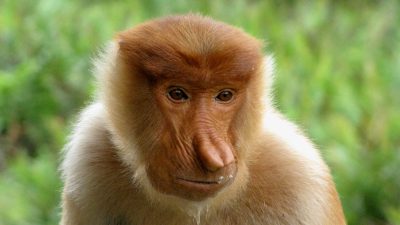
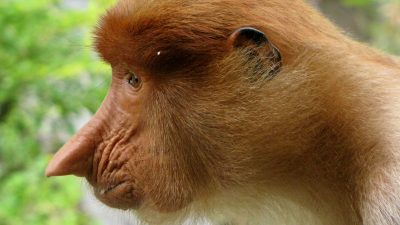
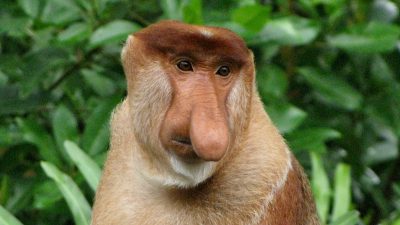
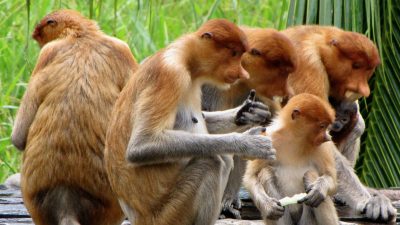
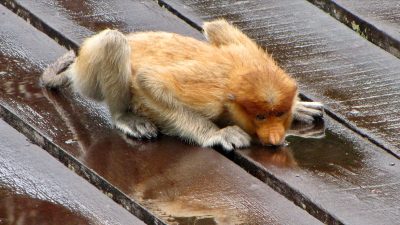

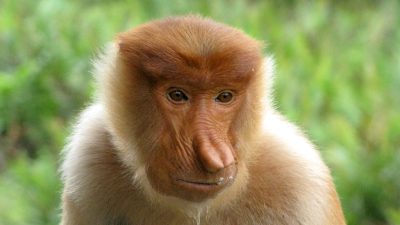
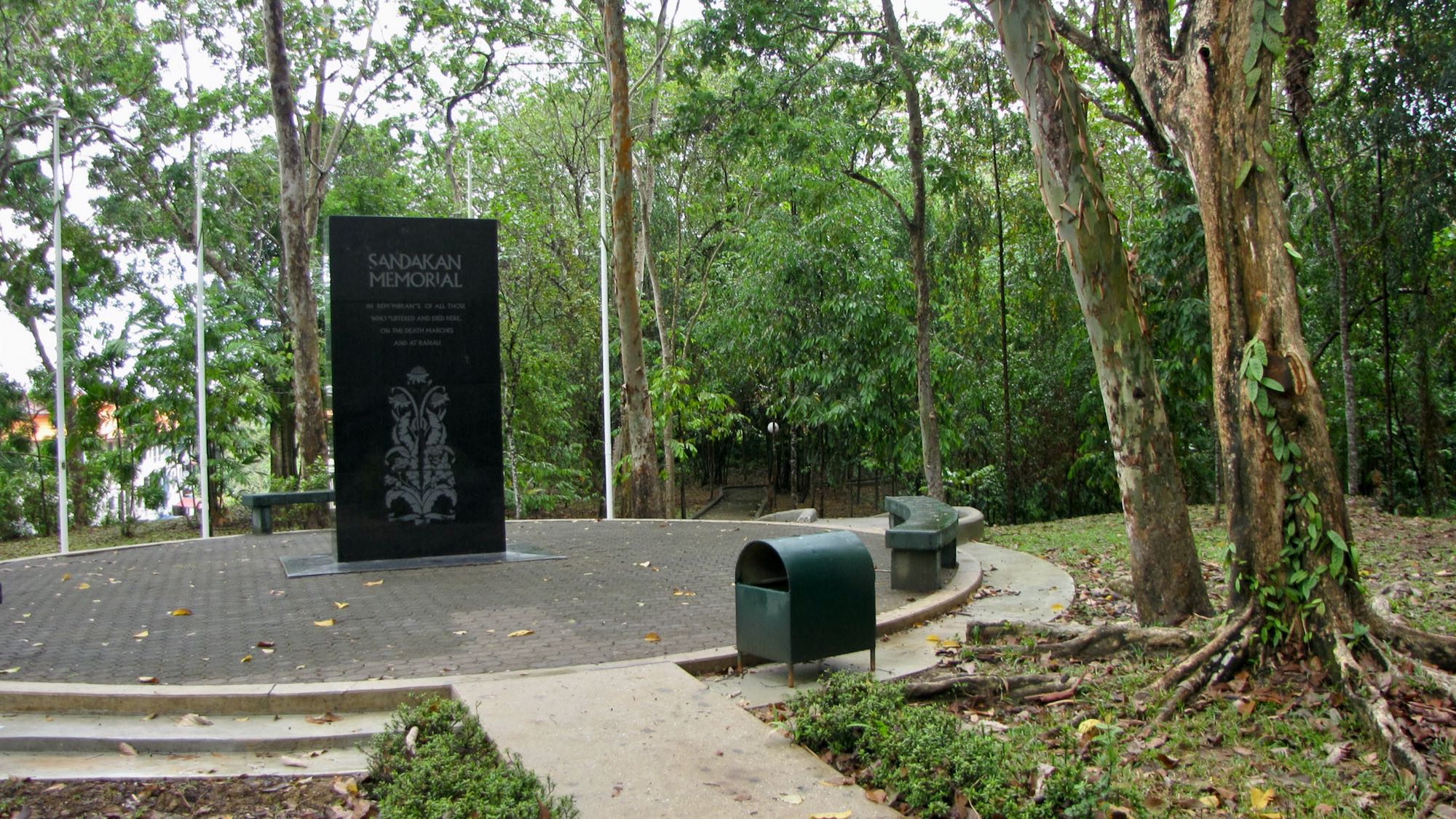
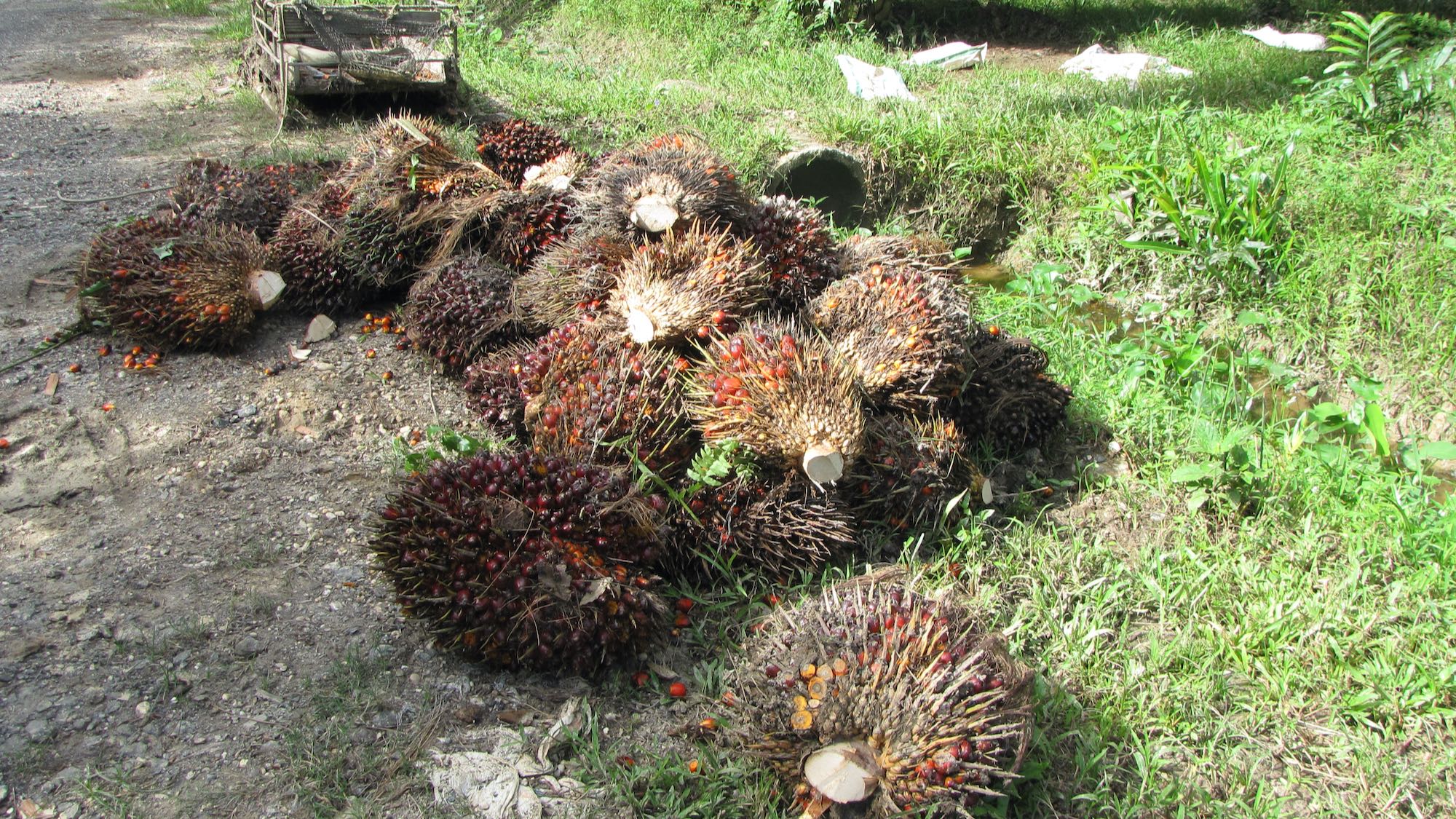
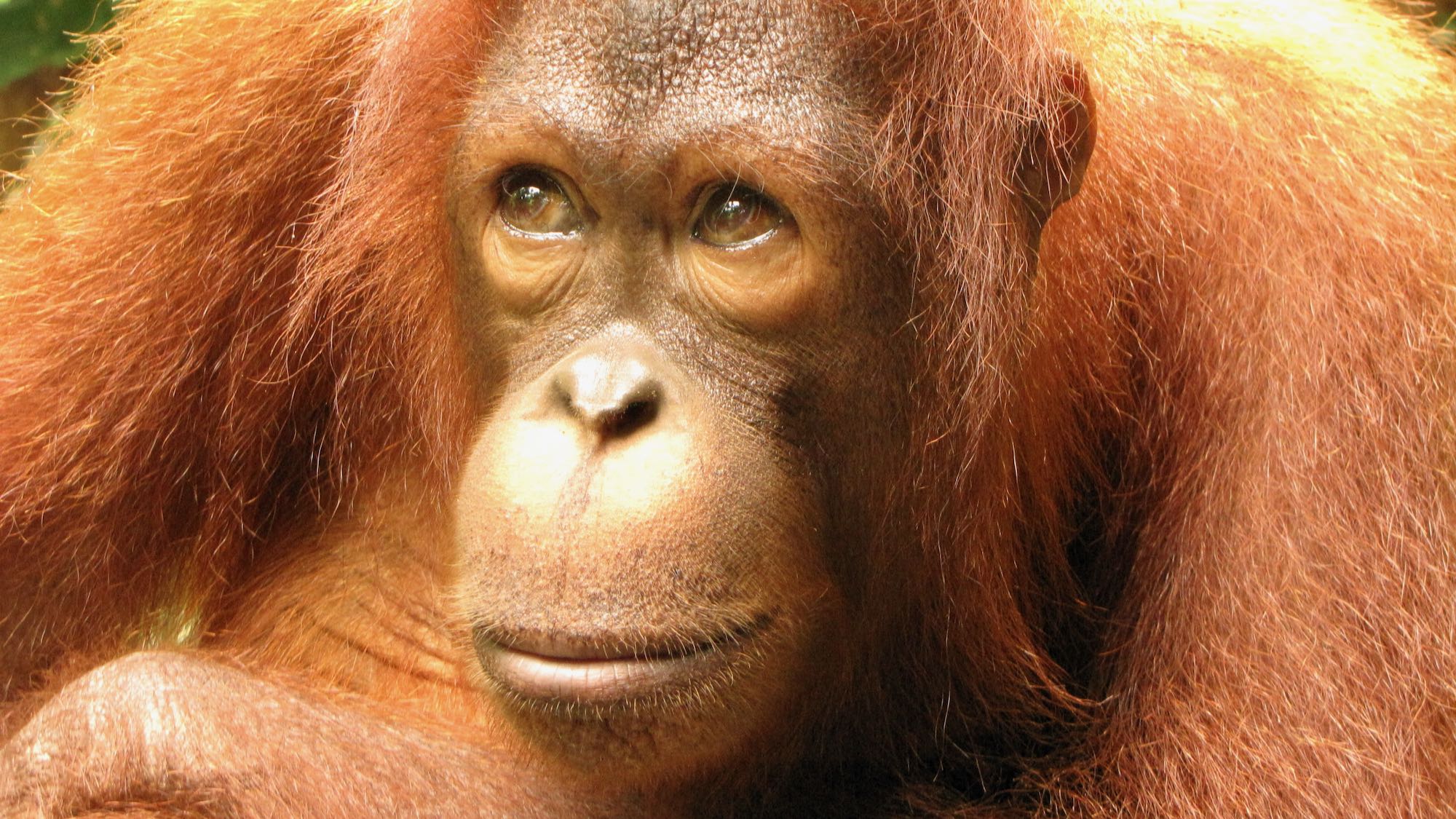
Thanks for your writing. It was an amazing trip from Sepilok. We went to the feeding at 4.30 pm, were there almost alone and saw a lot of monkeys. The driver was very nice.
Thank you for your feedback Timothy.
It is out of town, but taxi rate is reasonable if not on a tour. The monkeys roam wild but come in at feed time and can get very good photographs of these very unusual monkeys.
Upon arrival, we were greeted by friendly silver leaf and proboscis monkeys. Amazing experience getting close to them for photos.
Hi Zali, we loved it here as well and stayed a few days.